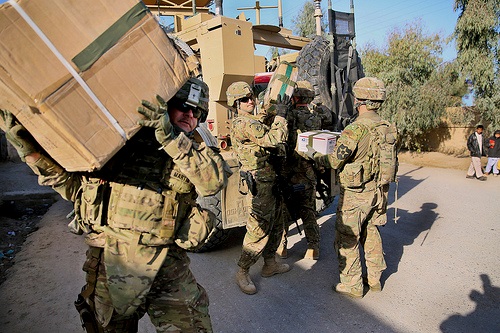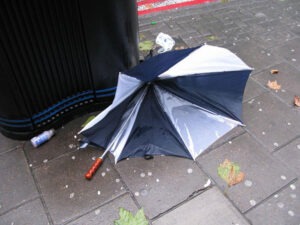
February 27, 2015; Devex
In his five years at the helm of USAID, Rajiv Shah didn’t speak much about the agency’s activities in Afghanistan compared to other initiatives that Shah touted, including disaster responses, improving worldwide access to energy, health care, and fighting childhood hunger. Writing for Al-Jazeera, Jamie Tarabay details some of the problems USAID has encountered in its Afghanistan operations, including questions of accurately accounting for the money that has been spent in development aid in Afghanistan (estimated at $100 billion since 2001), measuring the success of the USAID-supported programs, and dealing with problems of graft and corruption by both Afghanistan contractors and some U.S.-based funders.
Among the most contentious examples of alleged misspending and corruption has been the U.S.-based nonprofit, International Relief and Development (IRD). The largest USAID contractor in Afghanistan (and Iraq, where its performance has also been the subject of critical reviews by the USAID Inspector General), IRD was suspended by USAID in January due to multiple charges of misspending and mismanagement. The “Corruption” reporter for the Voice of America, Jeffrey Young, detailed last month some of the longstanding allegations against IRD, including such problems in Afghanistan as material noncompliance with cooperative agreement terms, deficiencies with internal controls, the provision of USAID-funded medical supplies to government agencies when they were supposed to have gone to non-governmental clinics, and the apparent back-breaker, confidentiality agreements in IRD personnel contracts that violated federal whistleblower rights.
Sign up for our free newsletters
Subscribe to NPQ's newsletters to have our top stories delivered directly to your inbox.
By signing up, you agree to our privacy policy and terms of use, and to receive messages from NPQ and our partners.
Now, IRD has responded, though the response is in the wake of the resignation of IRD top executives (including founder Arthur Keys), the dismissal of 21 other employees, and the removal of the entire board of directors. IRD’s official response to USAID indicates the following:
- Half of the expenditures that USAID contended were questionable were actually allowable (meaning that IRD acknowledges that at least half of the questioned expenditures were not allowable, a total of more than $1 billion).
- The dismissal of the board was meant, according to Devex’s Molly Anders, “to ensure [that] those responsible for financial mismanagement are no longer part of the organization.”
- Senior managers who USAID contended were responsible for misconduct have been dismissed.
- The organization, according to new IRD President and CEO Roger Ervin, will be “a model of transparency, accountability and impact” going forward.
- An independent audit conducted by Ernst and Young demonstrates “ample evidence” of IRD’s internal controls being up to standard.
In Shah’s outgoing budget request for USAID development and humanitarian aid, Afghanistan topped the list at $2.6 billion. Will that money be spent better in the hands of contractors other than IRD? It could hardly be spent worse.
Some attention, however, must be paid not just to IRD’s spending but also to USAID’s oversight. The suspension came, as we noted, after years of public knowledge of IRD’s problems, including a devastating Washington Post series. Moreover, some of the questionable expenditures were projects to which IRD probably shouldn’t have been assigned in the first place. Part of the problem may be that few contractors are willing to take the otherwise lucrative contracts and cooperative agreements that USAID offers for work in conflict zones like Iraq and Afghanistan, which leaves the agency to choose among a sometimes less than stellar array of contractors.
As we noted, IRD’s suspension follows USAID actions against another nonprofit contractor, AED, with the latter quickly going out of business and selling off most of its assets to Family Health International. Will IRD follow the same route? It may, but that still leaves the question of whether USAID’s contractor selection, task assignments, and monitoring are up to snuff for the next set of IRD-like bidders to seek USAID work in Afghanistan.—Rick Cohen













